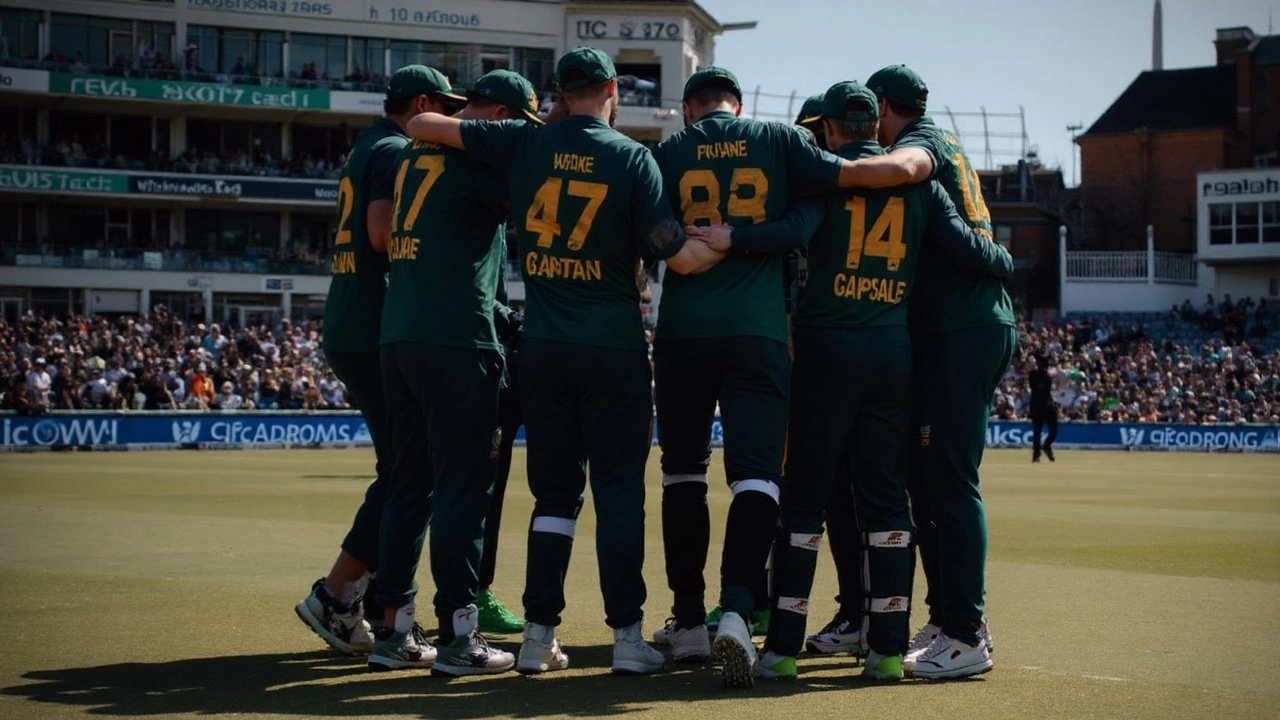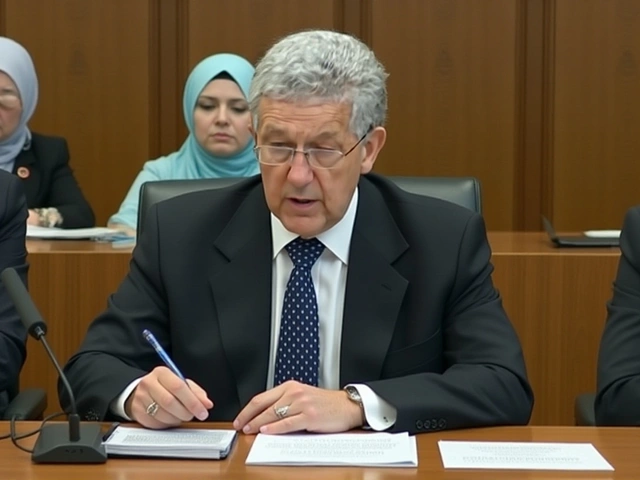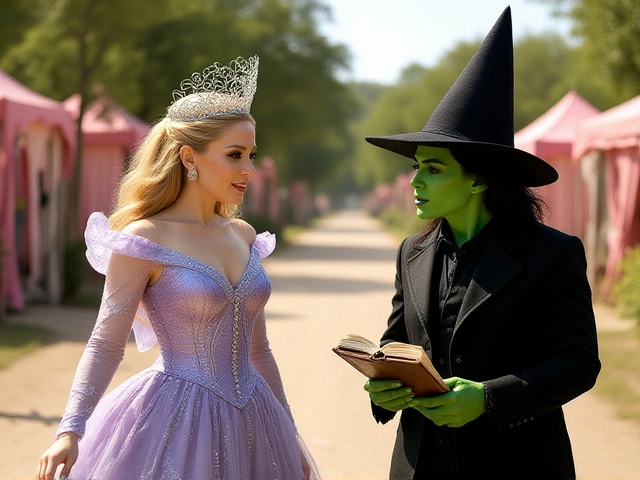
First ODI series win in England since 1998 — sealed on the final ball
Twenty-seven years is a long wait to end at the home of cricket. South Africa held their nerve to beat England by five runs at Lord’s on September 4, taking a 2-0 lead and the series with a finish that came down to the final delivery. The sight of a packed pavilion on its feet, then suddenly hushed as England fell inches short, told the story: the Proteas were tougher in the big moments.
This wasn’t a smash-and-grab. It was a disciplined, well-planned away win, the kind South African teams have chased for decades on English soil. They set a total that looked competitive rather than imposing, then squeezed England’s chase until every run felt like a negotiation. In a year where white-ball cricket keeps promising chaos, this was old-fashioned composure, wrapped in last-over drama.
The batting platform came from Matthew Breetzke, who’s turned a hot streak into a statement. His 85 off 77 was not just fluent; it was smart. He picked his matchups, avoided the dead patches that often stall visiting batters at Lord’s, and made sure South Africa always had a hand on the steering wheel. It was his fifth consecutive ODI fifty, a rare run of consistency, and it gave the middle order the freedom to play the situation rather than chase it.
South Africa didn’t need fireworks to build the innings. They rotated hard into the slope, kept the scoreboard alive with hustled twos, and saved risk for the right balls. That meant England’s bowlers were always one mistake away from paying with a boundary. The visitors finished with an above-par total for the surface and conditions, the kind that forces nerves to creep into a chase as soon as a wicket falls.
England’s reply began with the sort of scratchy powerplay that turns a scoreline into a storyline. Ben Duckett, usually busy and inventive, never settled, consuming 33 balls for 14 before South Africa cut him off. That slow start was expensive later. The chase needed a gear change, and Jos Buttler and Will Jacks tried to provide it, mixing risk with intent to pull the rate back into range and re-energize a restless crowd.
Buttler’s calm under pressure remains England’s security blanket, and he played the percentages well: pick off the straights, punish width, and trust the short boundary when the bowlers missed. Jacks offered the counterpunch England needed through the middle, taking on pace and spin, but South Africa never let both ends leak at once. Every time England found a pocket of momentum, the visitors slammed it shut with a change of pace, a tight over, or a wicket against the flow.
The chase still had a twist left. Jofra Archer, far from a regular batting hero, dragged the equation to the brink with a late cameo that had the Lord’s crowd roaring. It came down to the last ball, one clean strike away from flipping the mood entirely. The bat didn’t quite find the middle. On a night of tiny margins, that was the final one.
What separated the sides? South Africa’s death bowling was cooler and clearer. They mixed the pace, hit the blockhole enough, and protected the big pockets. England, by contrast, left more on the table with the ball and then carried the hangover into the chase. When you start slow and finish frantic, you leave yourself hostage to one mistimed swing or a perfect yorker.
There’s also the matter of identity. Stuart Broad, speaking on Sky, didn’t bother with soft edges. He questioned where England’s white-ball method actually is under Brendon McCullum, saying the messaging is fuzzy compared to the Test team’s crystal-clear ethos. That stings because England’s recent ODI slump isn’t just about results; it’s about clarity. Aggression is a headline, not a plan. You need patterns: who attacks what, when, and why.
Buttler’s side hasn’t matched the ruthless certainty of the 2015–2019 white-ball revolution. Back then, roles were nailed down and intent was pre-programmed. Right now, England are oscillating. Duckett’s role at the top, middle-overs strike rotation, spin matchup plans — these aren’t settled, and opponents can feel the hesitation. When England do click, they still look terrifying. But too often they’re chasing their own template mid-game.
South Africa’s approach was the opposite: unflashy and specific. They bowled into the slope, made England hit to the longer side, and trusted their outfielders. In the middle overs they strangled singles, then teased the aerial option. With the bat, they built around Breetzke’s timing and refused to panic when the boundary count dipped. That’s how you win tight games away from home — by making the opposition take the bigger risk more often.
Breetzke’s rise is the story inside the story. He’s not just ticking off fifties; he’s shaping games. What stands out is his tempo control. He doesn’t fall into the classic Lord’s trap of pushing across the line early or going searching against the wobble seam. He’s comfortable taking 8–9 an over without forcing it, then shifting to 10–11 when the ball softens. For a batter still collecting caps, that’s advanced game sense.
England did have positives. The middle-order engine showed fight, the fielding intensity was better than in the series opener, and Archer’s late hitting almost pulled off a heist. But almost doesn’t win series. In a chase shaped by fine details, early drift and soft overs magnify at the death. Those first 15 overs matter as much as the last five, especially at Lord’s where the game can crawl then rush at you.
The mood around the two camps tells you plenty. South Africa look settled, confident in roles, and hungry for an away scalp that says they can translate promise into results in all conditions. England are searching — not panicking, but searching — for a white-ball blueprint that matches the clarity of their Test ethos. McCullum’s voice carries weight in that dressing room, but Broad’s critique will land because it echoes what the scorecards keep showing.
There’s also the historical weight. South Africa hadn’t won a bilateral ODI series in England since 1998. Breaking that at Lord’s matters. It’s a mental switch: from hoping to win away to expecting to. These are the kinds of nights teams bank when they build toward bigger tournaments. Winning close, winning ugly, winning when the crowd is against you — those habits travel.
As for tactics, England will revisit their new-ball plans. If they don’t take wickets or choke the run rate early, their middle-overs specialists are forced into rescue jobs. With the bat, they’ll look hard at strike rotation against pace with the ball nibbling. Too many dots turned the chase into a sprint finish. You can’t run every 100 with a final 30-meter burst and expect to be fresh at the line.
South Africa won’t overcomplicate the review. Keep backing the top-order anchor, keep shaping the chase with tight middle-overs bowling, and keep trusting the death options under pressure. They’ll also want more contributions around Breetzke to avoid relying on one hot hand. But that’s a good problem to have when you’re two up in England.
The third ODI is a dead rubber on paper, but not in the dressing rooms. England need rhythm and answers — both at the top of the order and with the ball in the first 10. South Africa smell a sweep, which is the kind of memory that sticks when the calendar gets serious again. Either way, the trend lines are set: one team certain of its method, the other trying to reconnect with it.
Call it what it was: a high-class, nerve-heavy contest defined by control under pressure. And right now, that control belongs to the team celebrating a series win at Lord’s and to the batter who keeps turning form into results. For everyone else, the tape is there to study. For South Africa, the wait since 1998 is finally over — and the dressing room knows exactly why.

Key takeaways and what changes next
— South Africa lead the three-match series 2-0 after a five-run win decided on the final ball at Lord’s. It’s their first bilateral ODI series win in England since 1998, a landmark result built on clarity and composure.
— Matthew Breetzke’s 85 off 77, his fifth straight ODI half-century, anchored the innings and set a tone England struggled to disrupt.
— England’s chase was hindered by a slow start and the burden it placed on the middle order, despite a late surge from Jofra Archer.
— Stuart Broad questioned the white-ball messaging under Brendon McCullum, drawing a sharp contrast with England’s well-defined Test identity.
— The final ODI is a dead rubber but carries real value: England need answers up front and with the new ball; South Africa have a chance to complete a sweep and harden winning habits.
One last note for the searchers among us: this was the kind of South Africa vs England ODI that reminds teams what edges actually win matches — discipline in the middle, nerve at the death, and a batter in rare form turning a platform into a statement.







Write a comment